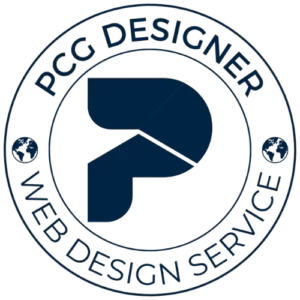Designing for Success: 6 Fundamentals of Web Design
Having a website that incorporates Fundamentals of Web Design allows business owners to create an online presence for their companies. Through consistent communication of their brand message via web content, audiences can gain insight into the organization’s products and services.
This not only enhances brand awareness but also increases the likelihood of generating more revenue. An exceptional web design is crucial in any industry, as it greatly influences how visitors perceive your brand.
The impression you create on your audience can either keep them engaged on your site or drive them toward your competitors. A well-designed website is essential for maintaining leads and ensuring the overall success of your business.
This article will discuss the top six elements necessary for creating an effective web design for your company.
6 Fundamentals of Web Design
1. Purposeful and Intuitive Layout
The layout of a website should be visually appealing, easy to navigate, and reflective of the brand’s identity. It should be designed with the user’s needs and objectives in mind, ensuring that the content is organized logically and presented clearly. To achieve this, consider implementing the following techniques:
- Use grid-based layouts to create a clean, columnar structure.
- Prioritize information hierarchy by placing important elements above the fold.
- Incorporate clear and consistent navigation menus.
- Ensure that clickable elements, like buttons and links, are easily identifiable and accessible.
2. Engaging and Relevant Content
Content is the backbone of any website, and it plays a significant role in shaping the user experience. High-quality, relevant, and engaging content not only improves search engine rankings but also helps establish brand credibility and encourages user interaction.
To create content that resonates with your target audience, consider the following tips:
- Write clear and concise copy that is easy to read and understand.
- Use headings and subheadings to break up long blocks of text.
- Incorporate relevant keywords naturally and strategically for SEO.
- Utilize multimedia elements, such as images, videos, and infographics, to support and enhance the content.
3. Visual Appeal and Aesthetics
A visually appealing website is more likely to capture the interest of users and encourage them to explore further. The design should be consistent with the brand’s identity and utilize color, typography, and imagery in a way that enhances the overall user experience.
Keep the following principles in mind when crafting the visual aspects of your website:
- Choose a color scheme that reflects the brand’s personality and creates visual harmony.
- Select fonts that are easy to read and complementary to the design.
- Utilize whitespace strategically to create a clean, uncluttered appearance.
- Opt for high-quality, relevant images and illustrations that support the content.
4. Mobile Responsiveness and Adaptability
With the majority of users accessing websites through mobile devices, it is imperative that web design is responsive and adaptable to various screen sizes and resolutions.
A mobile-friendly website not only improves user experience but also positively impacts search engine rankings. For you to ensure your website is optimized for mobile devices, consider the following best practices:
- Use responsive design techniques, such as flexible grids and images, to create a seamless experience across devices.
- Ensure that navigation menus and clickable elements are easily accessible on touchscreens.
- Optimize images and multimedia content for faster loading times on mobile devices.
- Test your website on various devices and browsers to ensure consistency and functionality.
5. Speed and Performance Optimization
A slow-loading website can significantly impact user experience and lead to higher bounce rates. Optimizing your website’s performance ensures that users can access the content quickly and efficiently, resulting in increased engagement and conversions.
In order to improve your website’s speed and performance, employ the following strategies:
- Optimize images and multimedia content by compressing file sizes and using appropriate formats.
- Minify CSS, JavaScript, and HTML files to reduce load times.
- Utilize browser caching to store static resources and decrease server load.
- Implement a content delivery network (CDN) to deliver content faster to users across the globe.
6. Accessibility and Inclusivity
An accessible and inclusive website design ensures that all users, regardless of ability or disability, can easily interact with and navigate the website. By following accessibility guidelines and best practices, you can create a more inclusive online experience for all users.
Some tips for improving accessibility and inclusivity include:
- Provide alternative text for images and multimedia content, providing a textual description for users who cannot see the content.
- Use proper heading hierarchy (H1, H2, H3, etc.) to structure the content and make it easier for screen reader users to navigate.
- Ensure sufficient color contrast between text and background colors, making it easier for users with visual impairments to read the content.
- Provide keyboard navigation and focus indicators for interactive elements, allowing users who cannot use a mouse to navigate and interact with the website.
- Use ARIA (Accessible Rich Internet Applications) attributes and landmarks to improve the accessibility of dynamic content and user interface components.
- Test your website using various accessibility tools, such as screen readers, keyboard-only navigation, and color contrast checkers, to identify and fix any potential accessibility issues.
Conclusion
It is crucial for business owners to establish an online presence for their companies by creating a website. This not only caters to the needs and goals of users but also boosts brand recognition, trust, and income generation.
By adhering to these vital guidelines, you can develop a website that captivates visitors and directs them to your business, guaranteeing your company’s overall prosperity.
Don’t let your online presence fall behind! At PCG Designer, we know the importance of having a strong website that aligns with your brand and speaks to your target audience.
With years of experience, we understand the pros and cons of website design and development, and we use that knowledge to create a website that satisfies the needs of your business and customers. Let us help you establish an online presence that sets you apart from the competition and drives growth for your business. Contact us today to get started!




















